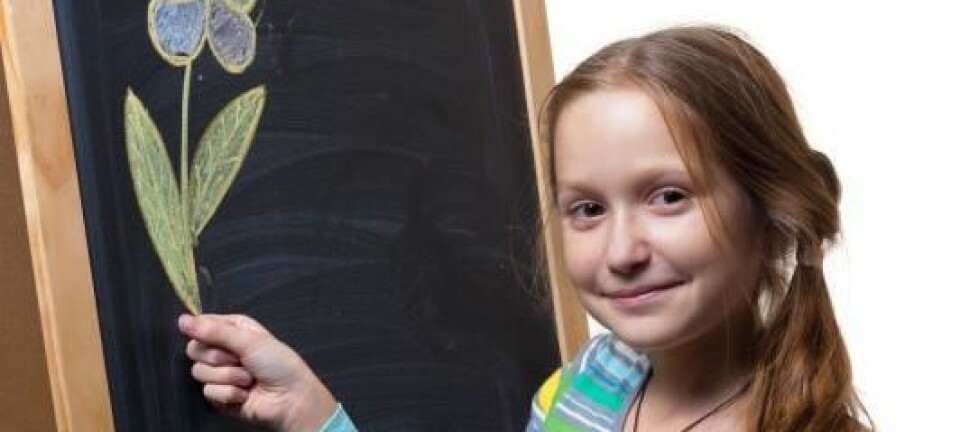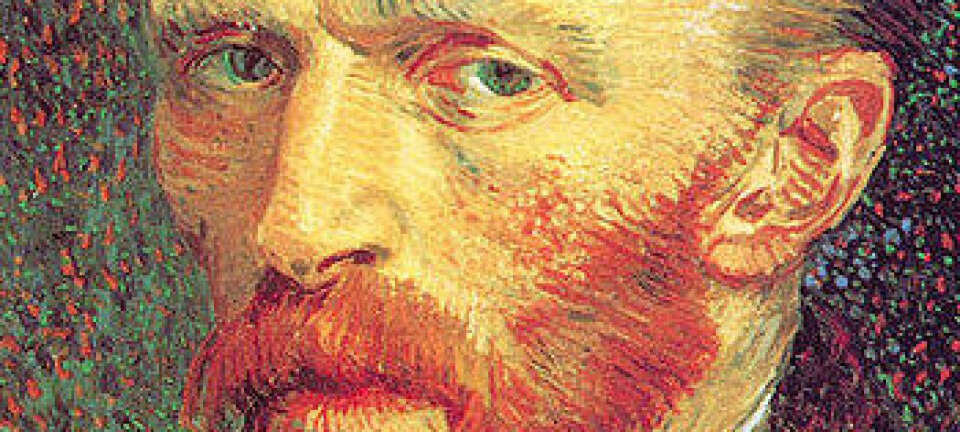
New book shows you how to work creatively
Come 'Behind the Scenes of Artistic Creativity' when scientists interview 22 artists on what makes them creative.
Creativity is a much-coveted attribute. Employers want creative and innovative staff and schools like to have creative students.
But while it's very easy to say that you want more creativity, achieving it is difficult. Because how do you actually become creative? Three scientists from Aalborg University have examined the creative processes of 22 distinguished artists to find out how.
“We asked them: ‘what do you do when you're creating something, and how did you become a creative person?’" says Associate Professor Tatiana Chemi, who studies learning processes and creativity at Aalborg University.
"We found that artists think of the creative process very much in terms as a learning process. So creativity isn't some kind of God-given gift you're born with. It is an approach to work which everyone can use, but which demands that they continuously develop their skills, knowledge, and will to take risks -- and that involves a lot of hard work," says Chemi.
Creativity is a learning process
The interviews with a number of Danish painters and authors revealed that the artists regard creativity as a learning process.
For them it’s a question of constantly learning more about their craft -- which tools they have at their disposal and how they can exploit them. They also make a virtue of constantly getting better at coming up with new ideas.
"Artists never stop learning," says Chemi.
How we usually “see” creativity
Thinking of creativity as a learning process represents a new view of the phenomenon -- especially when it comes to schools where teachers usually understand creativity in two separate ways which do not necessarily connect.
Either as craftsmanship, as it is with creativity in school, where teachers consider students to be creative when they draw, paint or play a musical instrument.
Or the ability to think original thoughts. This happens when people gather round a table to be creative and develop ideas; it’s expected that those gathered can conjure a new, creative idea out of the blue.
Both understandings of creativity are right -- in fact they complement each other.
When you sit down to write, you never have the whole idea for a story ready when you write the first word. It gradually emerges as you set your 'writing craft' into motion by using and developing it. In other words, the development of ideas and craft skills melt into one.
The same applies to other types of creativity -- for example when you play music.
"So creativity both has something to do with a craft, something to do with thinking new thoughts, but also the will to be creative -- and these three things influence each other,” says Chemi. “The way I think influences what I do, and what I do influences the way I think.”
Learn from your mistakes
The 22 artists’ experiences show that as a creative person you have to immerse yourself in some kind of craft. This means that to a large extent creativity is connected with this special craft-related skill. A person who writes creatively would not necessarily make a creative painter. And creative musicians are not necessarily creative actors.
In other words, creativity begins with the ability to do something -- be it acting or the ability to create sculptures. Chemi names the following steps on the way to becoming creative:
First and foremost it is important that you believe that you have the ability to be creative. Don't give up beforehand because everybody can be creative.
You must choose a craft you want to master. For example painting, advertising or music.
You must track down knowledge about the traditions of your chosen craft. This will give you a good basis to work from.
You must be willing to display yourself and your emotions. While you are creating, you mustn't think about what others will think.
When you’ve mastered the basic craft you can begin to experiment. You must practice creating wild associations and then reflect on them critically.
You must want to do it and commit yourself to improving yourself.
And this is very important: you must be prepared to make many mistakes and to learn from them.
"Hard work is a vital ingredient of creativity. You must be prepared to try things out and to acknowledge the mistakes you make -- and to learn from them. And to do so again and again and again."
"It's important to take your mistakes seriously and to include them in the learning process. Because if you don't make mistakes, you won't learn anything new -- and that is the way creative people think," says Chemi.
The book 'Behind the Scenes of Artistic Creativity', written by Chemi and two colleagues, has just been published.
---------------
Read the original story in Danish on Videnskab.dk
Translated by: Hugh Matthews











